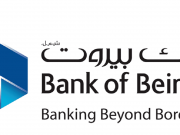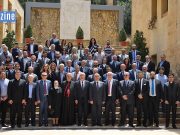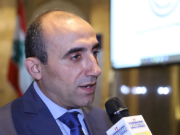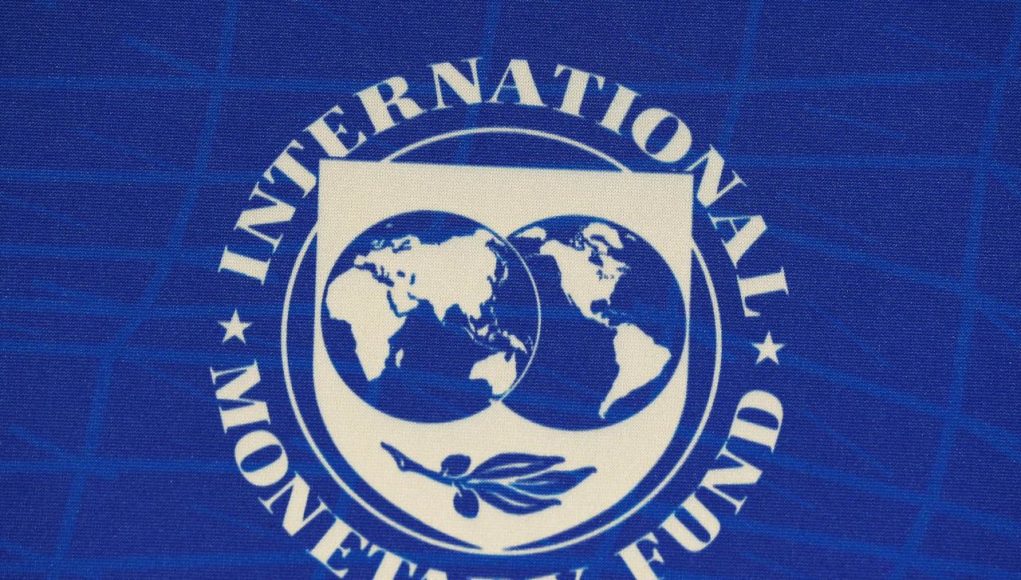By: International Monetary Fund
On July 10, 2019, the Executive Board of the International Monetary Fund (IMF) concluded the Article IV Consultation1 with Saudi Arabia.
Real non-oil growth is expected to strengthen to 2.9 percent in 2019 as government spending and confidence increase, but real GDP growth is projected to slow to 1.9 percent as real oil growth slows to 0.7 percent with the implementation of the OPEC+ agreement. Growth is expected to pick-up over the medium-term as ongoing reforms take hold. The unemployment rate among Saudi nationals has moved down but remains high at 12.5 percent.
The fiscal deficit is projected to widen to 6.5 percent of GDP in 2019 from 5.9 percent of GDP in 2018 as spending is projected to increase and exceed the budgeted amount and offset an increase in non-oil revenues. The deficit is then projected to decline to 5.1 percent of GDP in 2020. With oil prices implied by futures markets declining over the medium-term, the deficit is then projected to widen. The current account surplus is projected to narrow to 6.9 percent of GDP in 2019 from 9.2 percent of GDP in 2018 as oil export revenues moderates and import growth picks up.
CPI inflation has declined in recent months, mainly due to falling rents, and is forecast to decline by 1.1 percent in 2019, before turning positive in 2020 as further energy price increases are implemented. Credit growth is expected to strengthen with the stronger non-oil economy and bank liquidity should remain comfortable.
The authorities are continuing to implement their reform agenda. Fiscal reforms include lowering the registration threshold for the VAT, adjusting gasoline prices on a quarterly basis, and increasing fiscal transparency. Reforms to the capital markets, legal framework, business environment, and SME sector are ongoing.























































